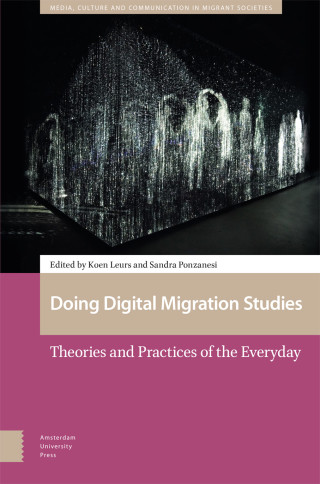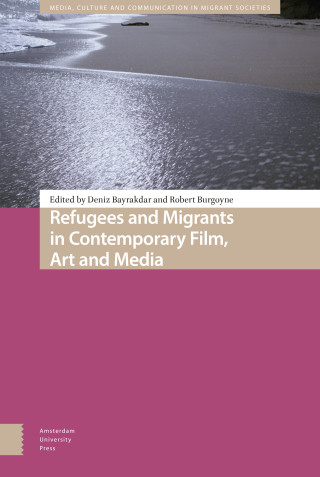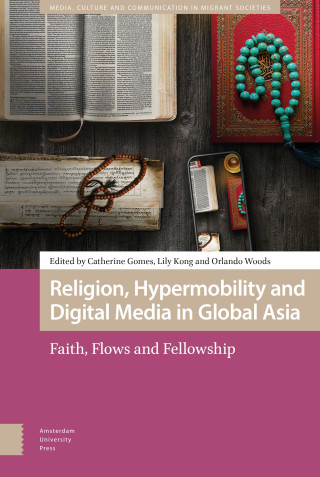
- Series editors
Catherine Gomes, School of Media and Communication, Melbourne, Australia
- Geographical Scope
- Global. This series is not limited to geographical boundaries. Instead the aim is to understand the breadth and depth of migrant societies that exist through the intertwining of their lived worlds and cultural, media and/or communication practices.
- Chronological Scope
- Late 20th century to present day. This series is contemporary and current where it recognises that media and communication practices are integral to the preservation, transformation and emergence of culture/s within migrant societies.
- Editorial Board
Sun Sun Lim, Singapore University of Technology and Design, Singapore
Jolynna Sinanan, University of Sydney, Australia
Cheryll Soriano, De La Salle University, The Philippines
Jonathan Y Tan, Case Western Reserve, USA
Raelene Wilding, LaTrobe University, Australia
Raminder Kaur, University of Sussex, UK
Leslie Butt, University of Victoria, Canada
Alma Maldonado, CINVESTAV, Mexico
Ellen Carm, Oslo Metropolitan University, Norway
Muchativugwa Hove, North-West University, South Africa
Elisa Costa-Villaverde, Universidad de Las Palmas de Gran Canaria, Spain- Keywords
- Culture, media, communication, digital technologies, digital environments, mobility, migration, migrant societies, transnational
- Flyer
- Download flyer
Media, Culture and Communication in Migrant Societies
International migration for work, study, humanitarian and lifestyle reasons is increasingly commonplace, representing an unprecedented movement of people, globally. With these transnational mobilities comes the emergence and establishment of migrant societies with their own distinctive cultures and socialities. These migrant societies however are not necessarily oriented to particular fixed ethnic nor national identities. Instead, they may be formed through other identity signifiers such as feelings of commonality of specific experiences. Migrant societies, moreover, may not be confined to geographical boundaries but due to the digital turn where media and communication technologies and products are ubiquitous parts of everyday life, may exist transnationally in the digital environment. This book series is dedicated to engaging and understanding the role, impact, breadth and depth of culture, media and communication practices in and across migrant societies. The series showcases high quality and innovative research from established and emerging scholars to engage readers in exciting and informed conversations on migrant societies.



